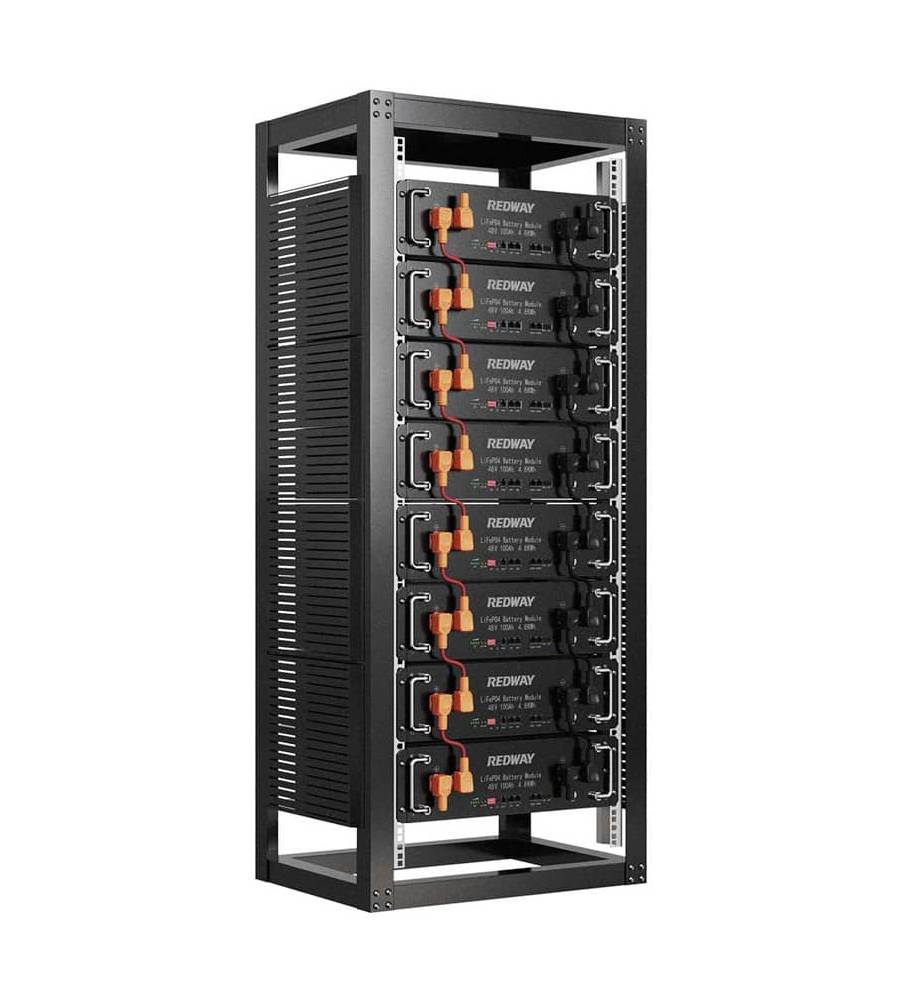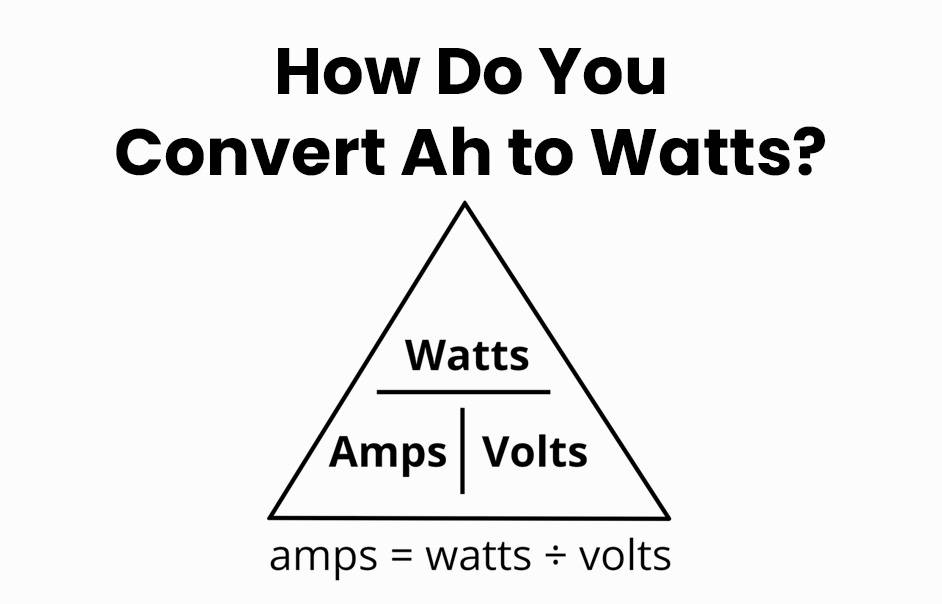This blog post explores the intricacies of amps and watts, demystifying their relationship and practical implications. Whether you’re a tech aficionado or seeking to cut down on energy costs, it promises an insightful journey into electrical measurements. Get ready to grasp the significance of these units in everyday life and empower your understanding of electricity consumption.
Understanding the Basics: What is an Amp?
Amps, short for amplifiers, enhance electrical signals, crucial for powering speakers and various devices. They’re vital in electronics, telecommunications, and medicine, amplifying weak signals for transmission. Understanding amps aids in making informed decisions about electrical setups, from home theaters to industrial circuits. Now, let’s differentiate between amps and watts, often confused yet distinctly significant in electrical terminology.
Watts vs. Amps: What’s the Difference?
Understanding the difference between watts and amps is essential for managing electricity usage effectively. While often used interchangeably, they measure distinct aspects of electrical current and power consumption. Here’s a breakdown to clarify their roles:
- Amps: Amps, or amperes, measure the amount of electric current flowing through a circuit. It’s like gauging the flow of water through a pipe – amps indicate how much electricity is moving at any moment.
- Watts: Watts represent the rate at which electrical energy is consumed or produced. It’s similar to the pressure pushing water through the pipe – watts show how quickly electricity is being used up. To calculate watts from amps, multiply the amperage by the voltage (Watts = Amps x Volts).
- Practical Application: Understanding watts and amps helps in selecting appliances that match your power needs without overloading circuits or wasting energy. For instance, a hairdryer typically uses 1500-2000 watts, while a laptop charger might only require 60-90 watts.
- Conclusion: By grasping the difference between watts and amps, you can make informed decisions about energy-efficient appliance usage, ultimately saving money and reducing electricity consumption. So, next time you shop for electrical devices, consider their wattage and amperage to optimize your energy usage.
How to Calculate Watts from Amps
Calculating watts from amps is crucial for gauging power consumption accurately. Here’s how to do it:
- Gather Information: You’ll need to know the number of amps (A) and the voltage (V) of the device.
- Use the Formula: Apply the formula: Watts = Amps x Volts. For instance, if your device draws 10 amps at 120 volts, it consumes 1,200 watts (10 A x 120 V).
- Consider Load Type: Note that this formula suits resistive loads like light bulbs or heaters. For appliances with motors or complex components, consult manufacturer specs or use specialized tools.
Understanding this calculation helps you make informed decisions about energy usage, potentially saving money and reducing environmental impact. So, take control of your electricity consumption today!
Common Appliances and their Wattage
Requirements of common household appliances, you can manage electricity usage efficiently. Here are some examples:
- Refrigerator: Typically consumes 100-400 watts, crucial for preserving food freshness.
- Air Conditioner: Window units use 500-1500 watts, while central systems range from 2000 to over 5000 watts.
- Television: Modern LED TVs use 50-250 watts, contributing to overall electricity consumption.
- Washing Machine: Consumes around 300-500 watts per wash cycle, essential for laundry tasks.
- Dishwasher: Requires 1200-2400 watts per cycle, aiding in convenient dish cleaning.
- Microwave Oven: Ranges from 600 to 1400 watts, offering efficient cooking options.
Individual models may vary in power consumption. Understanding appliance wattages helps in planning energy-efficient usage, leading to potential cost savings and environmental benefits.
Choosing the Right Amperage for Your Needs
Selecting the correct amperage for electrical devices is crucial to prevent circuit overload and ensure safety. Here’s how to choose the right amperage:
- Know Your Appliance: Check the electrical requirements in the appliance manual or label to determine its needed amperage.
- Evaluate Home’s Capacity: Assess your home’s electrical system to ensure it can handle the required amp load without overloading circuits, especially in older homes.
- Consider Future Needs: Anticipate future electricity demands and opt for higher-rated circuits if planning to add more power-intensive devices.
Consulting a professional electrician for guidance is advisable if unsure about amperage selection to avoid safety hazards. Prioritize safety to prevent overheating wires or tripping circuit breakers, ensuring optimal performance of electrical appliances.
Tips for Reducing Electricity Usage and Saving Money
Incorporating energy-efficient habits into your daily routine can lead to substantial savings and reduce electricity usage. Here are practical tips:
- Unplug Unused Appliances: Eliminate standby power consumption by unplugging devices when not in use.
- Opt for LED Lighting: Switch to energy-efficient LED bulbs, which last longer and consume less electricity.
- Use Power Strips: Connect multiple electronics to a single strip and switch it off when not in use to prevent standby power usage.
- Adjust Thermostat Settings: Lower or raise thermostat temperatures seasonally to reduce heating and cooling energy consumption.
- Insulate Your Home: Proper insulation minimizes reliance on heating and cooling systems by maintaining indoor temperature.
- Air Dry: Skip the dryer and air dry clothes and dishes naturally to save energy.
- Upgrade Appliances: Replace old appliances with Energy Star certified models for increased efficiency.
- Utilize Natural Light: Open curtains during the day to reduce reliance on artificial lighting.
- Conserve Water: Use low-flow faucets/showerheads and fix leaks promptly to reduce hot water consumption.
- Energy Audit: Hire a professional to assess energy efficiency and recommend tailored improvements.
By following these tips, you can lower electricity bills, contribute to sustainability efforts, and enjoy a more energy-efficient lifestyle. Every small change adds up to significant savings and environmental benefits. Start implementing these changes today!





